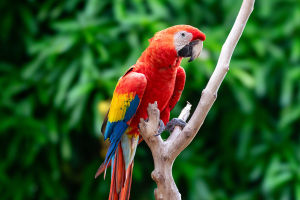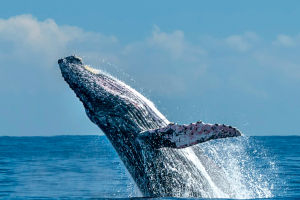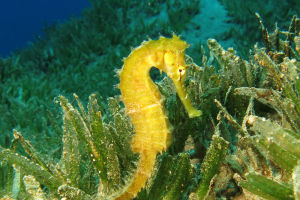Hey Lykkers! Ever looked up at the sky and seen birds flying in perfect V-formations and thought, "How do they know where they're going?"
It's not like they have maps, right? Yet every year, migratory birds travel thousands of miles—across oceans, continents, and unfamiliar terrain—with incredible accuracy.
So, how do they do it? Let's dig into the mind-blowing science behind bird migration and their natural Satellite Navigation System.
The Mystery of Migration
Bird migration is one of the most extraordinary phenomena in the animal kingdom. Millions of birds leave their breeding grounds as seasons change, traveling vast distances to find food, warmth, and safety.
Arctic terns, for example, fly over 44,000 miles a year between the Arctic and the Antarctic. And they come back to the same nesting spot, year after year. So, how do they manage this?
Built-in Navigation Systems
Birds use several remarkable tools to navigate, often working in combination:
1. The Sun and Stars
Many birds use the sun’s position during the day and the stars at night as navigational cues. Just like ancient sailors, they rely on celestial markers to guide them over long journeys.
2. Earth's Magnetic Field
One of the most fascinating discoveries in avian science is that birds can actually sense the Earth's magnetic field. They have a built-in magnetoreception ability, believed to involve special cells in their eyes or beaks that detect magnetic direction. This magnetic compass helps them orient north or south even when skies are cloudy or terrain is unfamiliar.
3. Landmarks and Geography
Experienced birds recognize physical landmarks—mountains, rivers, coastlines, and even man-made structures. These visual cues help guide them along the same routes each year.
4. Sense of Smell
Recent research suggests that some birds, like pigeons, use olfactory navigation, relying on their sense of smell to map their environment. It's like creating a scent-based mental map to find their way home.
Instinct Meets Learning
Birds don't always learn migration paths from their parents. Many species are born with an innate sense of direction, hardwired into their brains through evolution. However, young birds often refine their skills over time by following older, experienced travelers. This combo of instinct and learned behavior ensures successful navigation over generations.
Energy and Endurance
Migration is no casual flight—it requires incredible physical endurance. Birds prepare by storing up energy reserves, sometimes doubling their body weight before the journey. They rest at stopover sites, where they eat and recover before continuing. Some birds, like the bar-tailed godwit, can fly nonstop for over 7,000 miles without landing.
That's like flying from Alaska to New Zealand in one go!
Climate Change and Migration Challenges
Sadly, migration patterns are being disrupted by climate change, habitat loss, and pollution. Birds arrive at breeding grounds too early or too late, and many face a lack of food or safe resting spots along their routes. Understanding how they navigate helps conservationists protect crucial habitats and migratory corridors.
Final Thoughts
So next time you see a flock soaring across the sky, know that you're witnessing a miracle of nature—a blend of instinct, physics, biology, and memory all working together. Bird migration is more than a seasonal event; it's a powerful story of survival, precision, and resilience.
Curious about how scientists track these migrations or how your backyard might be part of their journey? Let me know—I'd love to dive deeper!


